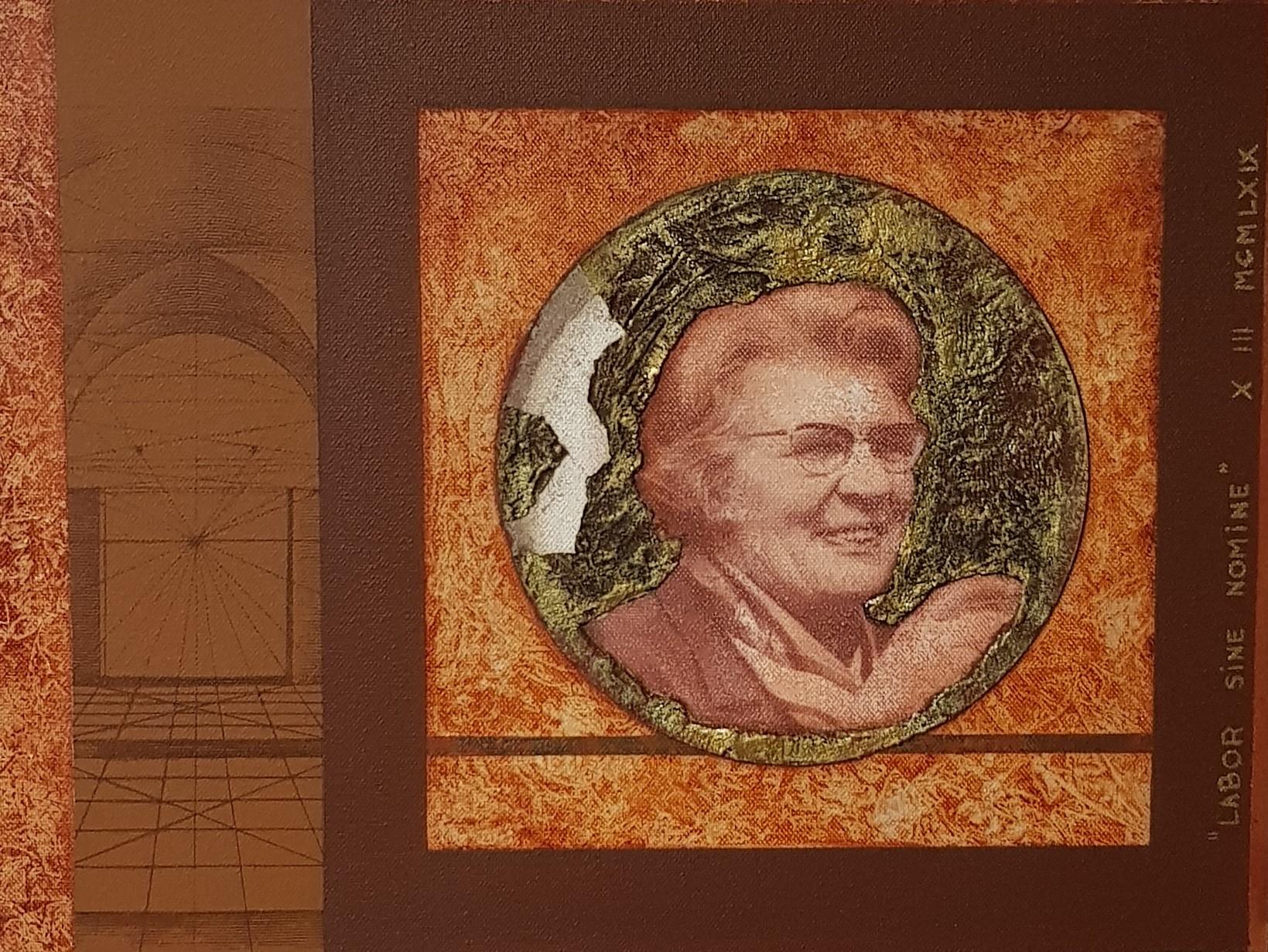‘A quarter of WUR professors are women’ was the headline on the WUR website in January. That surprised Resource, because just over a month ago our editors calculated that 21.9 per cent were women. And there certainly hasn’t been a recent influx of women.
The difference is due to different bases and definitions. The stat that gives women professors a share of over 25 per cent as at 1 January is the calculation in FTEs taken from the HR dashboard (which Resource can’t check). It is based on everyone in the HAY job category of professor (Professor 1 and Professor 2). According to the dashboard, 156 people are in that category: 39 women and 117 men.
The Resource calculation involved counting the people (not FTEs) listed in another source, namely the public overview of WUR professors. According to the most recent version of that (January 2023), WUR has 92 chair holders and 76 personal professors. That makes a total of 168, or 12 more than the HR dashboard gives. Perhaps not every professor is in that HAY category. Although that discrepancy doesn’t affect the M/F ratio much. Forty-one of the 168 professors in that overview are women (20 chair holders and 21 personal professors), a share of 24.4 per cent. When Resource includes the professors by special appointment or with an endowed chair (52, seven of whom are women), the share of female professors at WUR falls to 21.8 per cent. That is marginally less than the last count, when Resource arrived at a share of 21.9 per cent.
Upbeat
Both calculation methods show WUR still has a lot of work to do to reach its own target of 30 per cent female professors by 2025. Even so, Eva Siebelink, programme manager Diversity & Inclusion is upbeat. ‘I found the past year encouraging. Bringing in an external diversity coach to help the appointment advisory committees is starting to pay off. More women are being appointed not only to professorships but also to other key positions. There is also far more awareness of gender diversity as an issue.’

 The first female professor in Wageningen was Mien Visser (Agricultural Economics; second from the right). Here she opens the household fair in the RAI on April 2, 1965. Photo Eric Koch / Anefo / CC0
The first female professor in Wageningen was Mien Visser (Agricultural Economics; second from the right). Here she opens the household fair in the RAI on April 2, 1965. Photo Eric Koch / Anefo / CC0 

